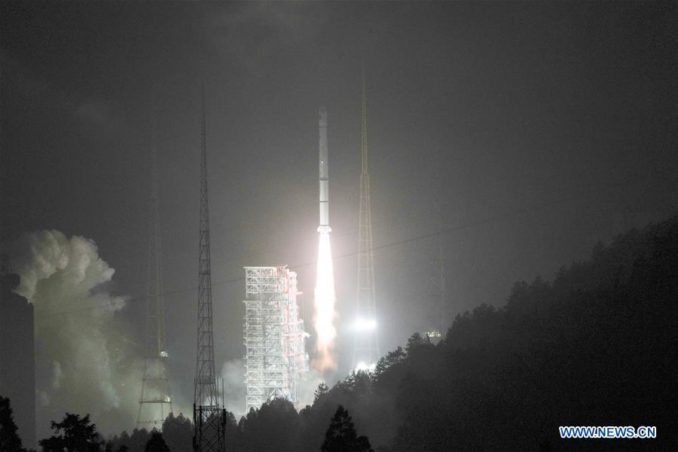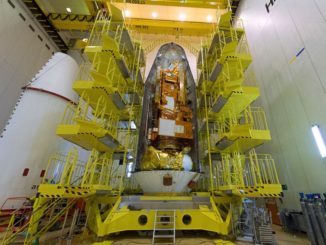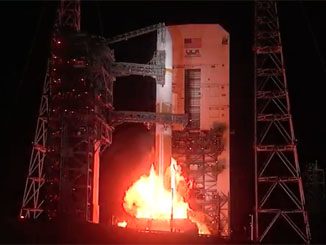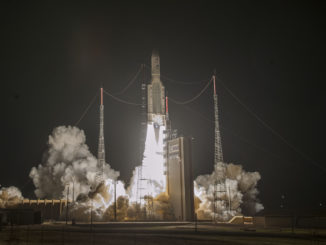
China launched its second space mission in less than 24 hours Monday, sending a Beidou navigation satellite toward an orbital perch around 22,000 miles above Earth.
The Beidou navigation lifted off on top of a Long March 3A rocket at 2058 GMT (4:58 p.m. EDT) Monday from the Xichang launch base, situated in a mountainous region of southwest China’s Sichuan province, according to the Beidou program’s official government website.
Liftoff occurred at 4:58 a.m. Tuesday, Beijing time.
The three-stage Long March 3A launcher, powered by two hydrazine-fueled stages and a cryogenic hydrogen-fed upper stage, delivered the Beidou satellite in an elliptical transfer orbit with a low point of around 120 miles (200 kilometers), a high point of 22,232 miles (35,780 kilometers), and an inclination of 55.1 degrees to the equator, according to U.S. military tracking data.
The satellite’s on-board propulsion system will circularize its orbit at an altitude of more than 22,000 miles in the coming weeks, where it will join the Beidou fleet providing positioning and timing signals across China and neighboring regions.
The navigation payload orbited Monday was China’s seventh Beidou satellite to launch this year, and the 32nd Beidou spacecraft to launch since 2000, including several test satellites no longer operational.
The satellite aboard Monday’s mission is a second-generation Beidou spacecraft, and it will replace an aging member of China’s navigation constellation. China has started launching upgraded third-generation Beidou satellites as the navigation network aims for global coverage by 2020.
“The launch of a backup Beidou 2 satellite will ensure the system’s continuous and stable operation,” said Yang Hui, chief designer of the second-generation Beidou series, in a report published by China’s state-run Xinhua news agency.
When complete, the Beidou network will consist of 35 satellites, including 27 spacecraft in medium Earth orbit more than 13,000 miles (21,000 kilometers) in altitude, five in circular geostationary orbits, and three in inclined geostationary orbits, the planned position for the spacecraft launched Monday.
Named for the Chinese word for the Big Dipper constellation, the Beidou constellation achieved an initial operating capability with coverage over the Asia-Pacific region in 2012. Development of the Beidou program began in 1994.
Monday’s launch occurred less than 24 hours after another Chinese Long March rocket lifted off Monday from the Jiuquan space base in northwest China, marking the 19th and 20th Chinese space launches of the year.
Email the author.
Follow Stephen Clark on Twitter: @StephenClark1.



